The Friday after we got back from the Netherlands Richard took a day off, since the kids were still out of school. So we planned a day trip down to Hastings. Richard and I are both huge fans of Foyle’s War, which was filmed and based in Hastings, but we didn’t actually spend much time in the city itself.
We walked down to the beach, and although it was reasonably warm, it was quite windy. The kids skipped rocks into the waves and we just relaxed for a bit. We’ve noticed that instead of calling it “the beach” most Brits refer to it as “the seaside.” The seaside in Hastings wasn’t a sandy beach at all, it was these rocks, which were beautiful.

I think Eli gets a love of rocks from his Grandpa Hall and his Great Grandpa Hall.
We ate lunch at an Italian place, where the pizzas were twice as big as we expected and half the price, and Simon’s spaghetti was tastier than my gnocchi. (And my gnocchi was good!) We practically had the restaurant to ourselves and the kids meals came with some really yummy gelato. After lunch we drove up to the Hastings Battlefield and Abbey, which was the location for the Battle of Hastings 1066, and where Battle Abbey was built by William the Conqueror as restitution to God for the many lives lost in the battle.
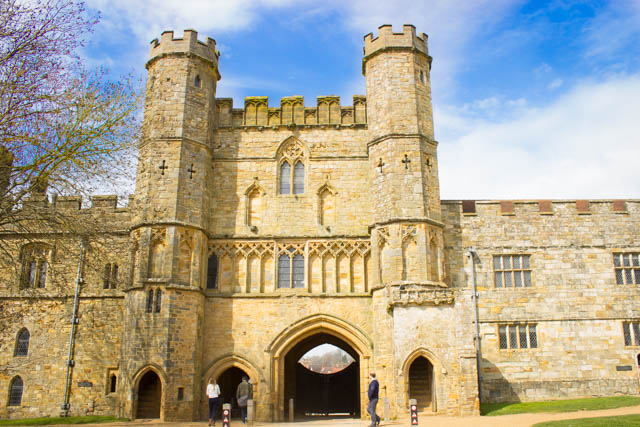
The Gatehouse to Battle Abbey, from the inside of the grounds.
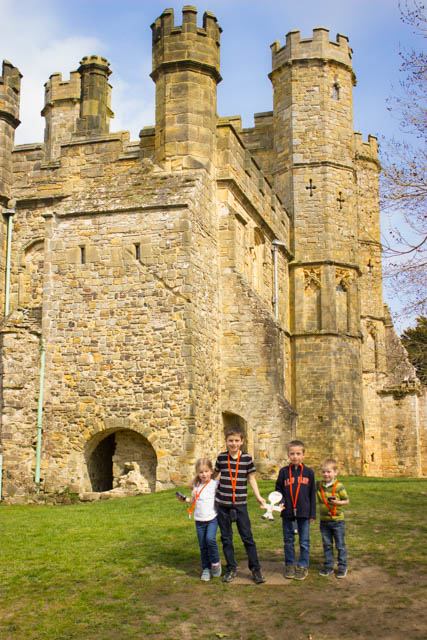
Our friend, Flat Erick, came with us on this grand adventure.
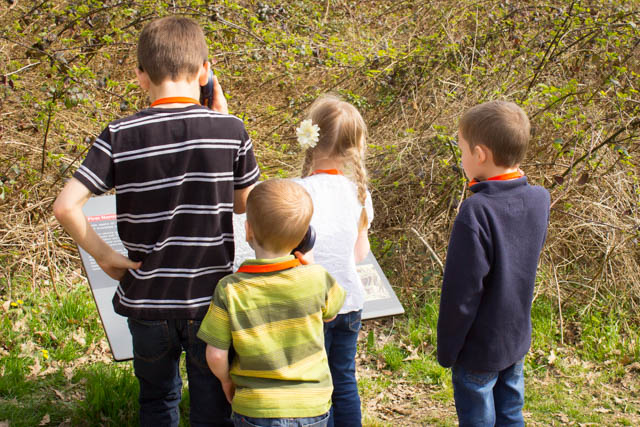
Audio guides for the win.
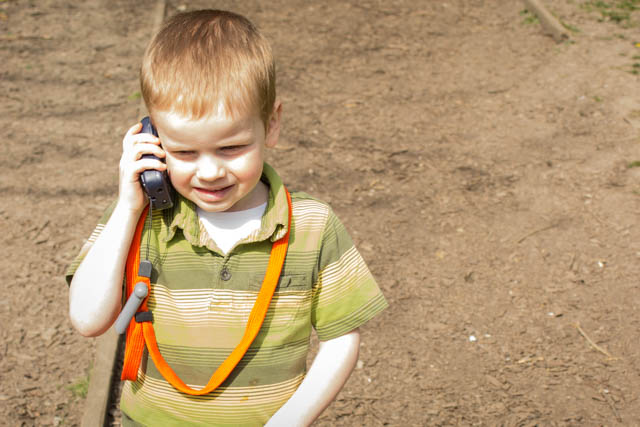
A lot of historical sites and museums do an audio guide version for the kids, with age appropriate content and vocabulary. I am so grateful for these! Except Simon is still at a very literal age, so when the guide suggested the kids “watch out for flying arrows” Simon was really confused why there weren’t actually and soldiers on the battlefield.
The first half of the audio guide tour was a walking tour that went around the perimeter of the battlefield. It talked you through the day’s events, the strategies and successes and failures of the Normans (present-day French) and the Anglo-Saxons, (present day English.) The tour also talked about the personalities and shortcomings of each of the army’s leaders.
The Battle took place in October of 1066, and it was a war between King Harold (Anglo-Saxon) and the Duke William II of Normandy. For various reasons, they both believed they were entitled to the English throne after the death of King Edward the Confessor.
The battle only lasted one day, and Duke William II came off conqueror. He then went on to take over the rest of the country and gain the crown for himself, significantly changing the course of English history.
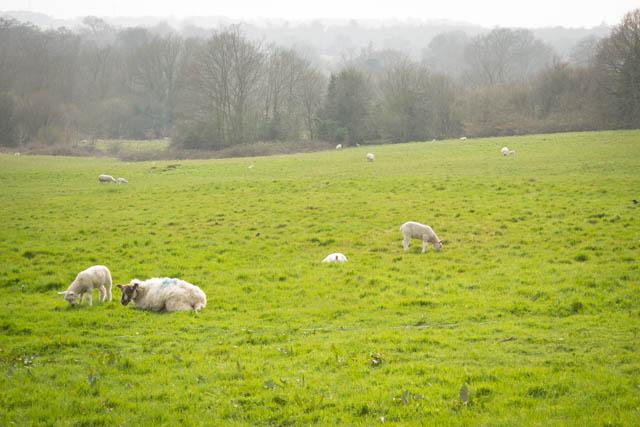
The Battlefield. Hard to imagine the brutality of war on such a tranquil and peaceful scene.

Baby lambs and daffodils were a nice diversion from the violence and mayhem waging in my ears and mind.
The second half of the audio tour was all about the Monastic Abbey built at the battle site. The abbey was built between 1070-1094, after the Pope ordered the Normans to make penance for killing so many men during the battle. The Abbey was huge, one of the biggest in the country during the time period, the dormitory was said to house 180 monks. It was a center for learning, worship and development.
The abbey was destroyed when King Henry VIII parted ways with the Catholic church and ordered its dissolution. The abbey later became a private residence for several hundred years. The surviving buildings are now a school, and the ruins are open to the public.
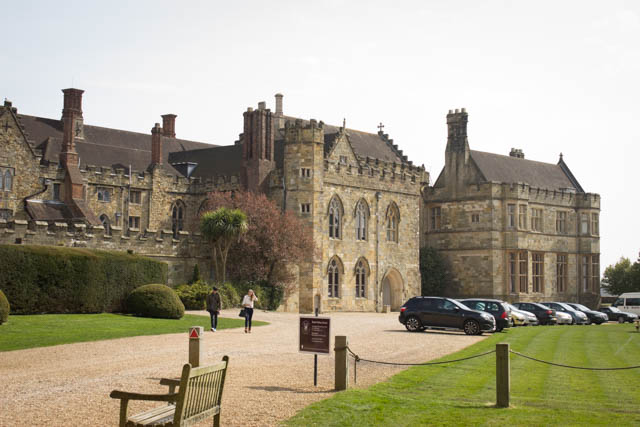
Battle Abbey School (What remains of the former private country house.)
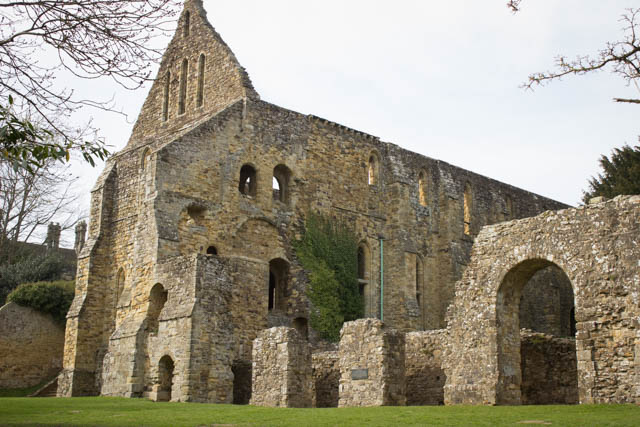
The church of the abbey was almost completely destroyed. But these remains are what is left of the dormitory.
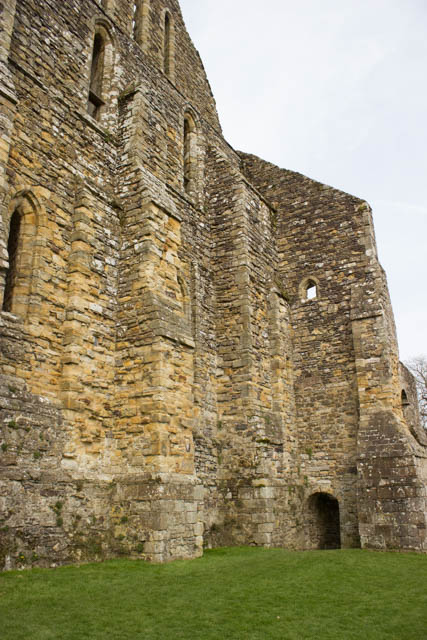
Over 900 years old…
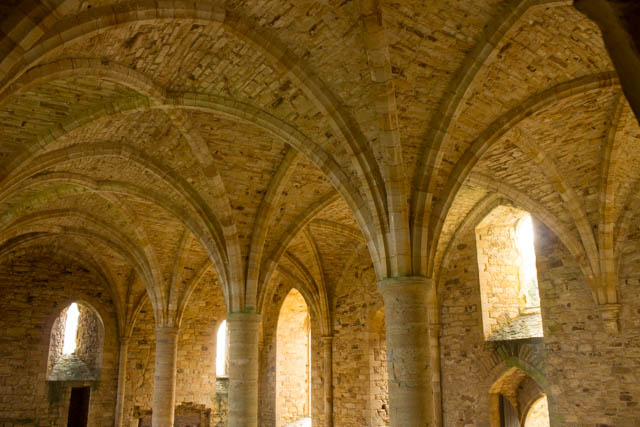
The architecture is so beautiful.
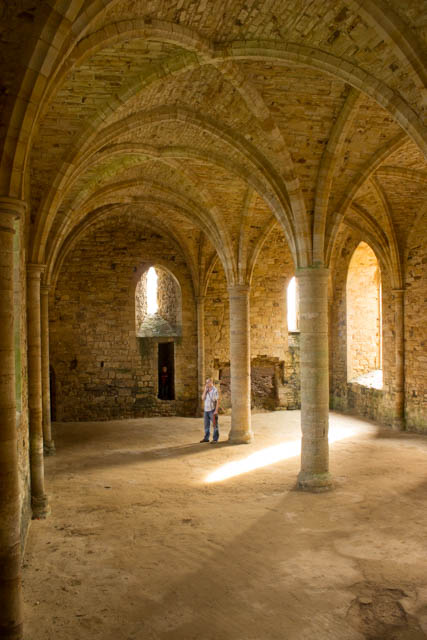
Richard is listening to his audio guide by one of the pillars. This gives better context to the size of this room.
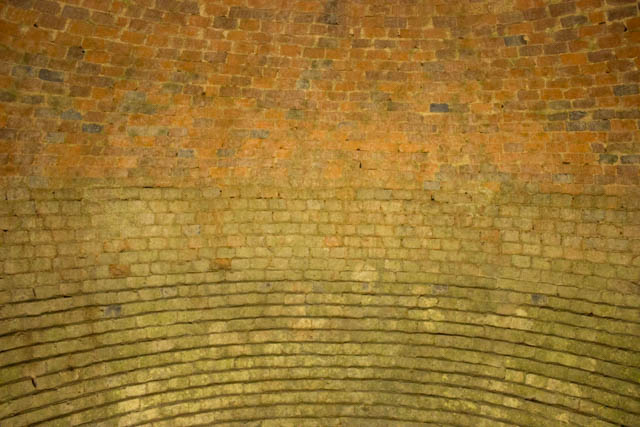
This is the inside of an underground ice house. It is impossible to do it justice with photos or words, but it had three doors to keep the cold in, and it was so deep and round.
|
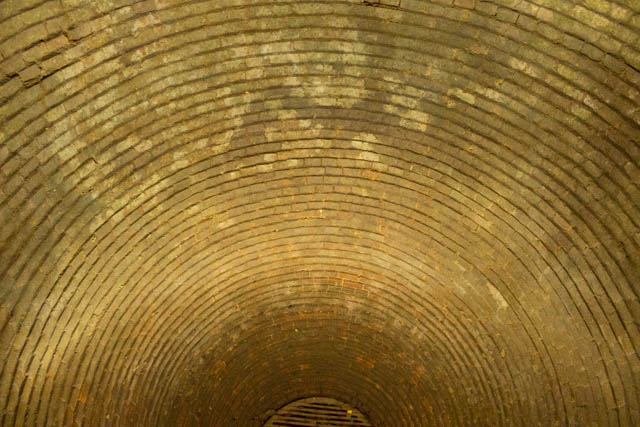
The Ice House. Richard and I were seriously impressed.
|
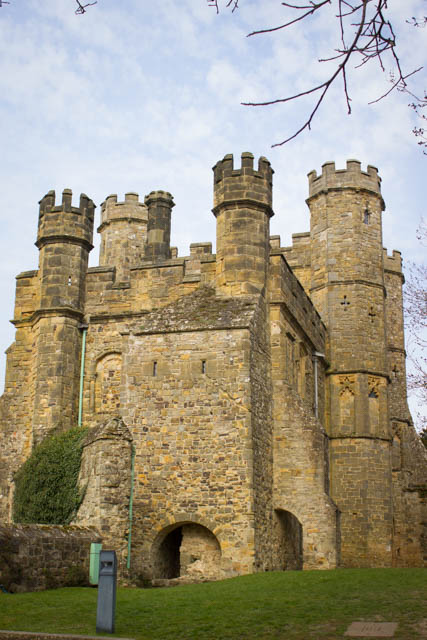
This reminded me of the mental picture I would have had in my head when I built my sugar cube castle in fifth grade.
There was a lot more to see than what I’ve posted here. There was a museum, and we were able to climb to the top of the turrets and look out over the estate. There was an impressive walled garden that had been built and cultivated for the lady of the house in the 1700s. There were foundation stones from the ruins of the church, and other parts of the abbey including the cloisters, the chapter house, the abbots house and the refectory.
It was a really neat place to visit and made me excited to visit other abbey ruins. It reminds me of a quote I read in a book recently. Experiencing the world through history is such a gift!
“A feeling of immediate contact with the past is a sensation as deep as the purest enjoyment of art. It is an almost ecstatic sensation of no longer being myself, of overflowing into the world around me, of touching the essence of things, of through history experiencing the truth. The historic sensation is not the sensation of living the past again but of understanding the world [perhaps] as one does when listening to music…”
-Johan Huizinga

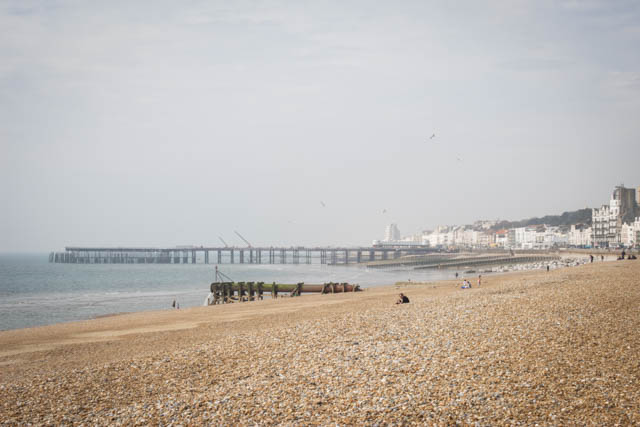
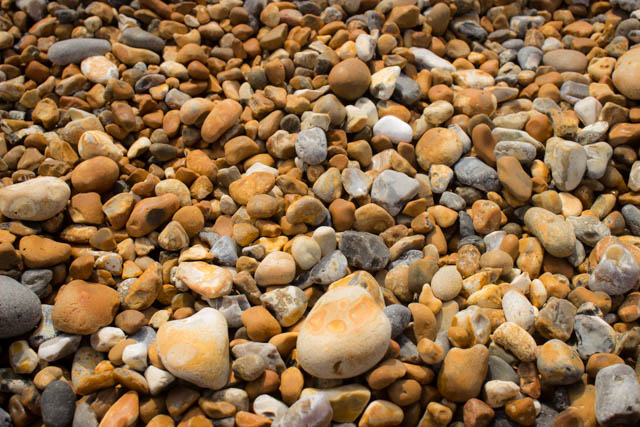


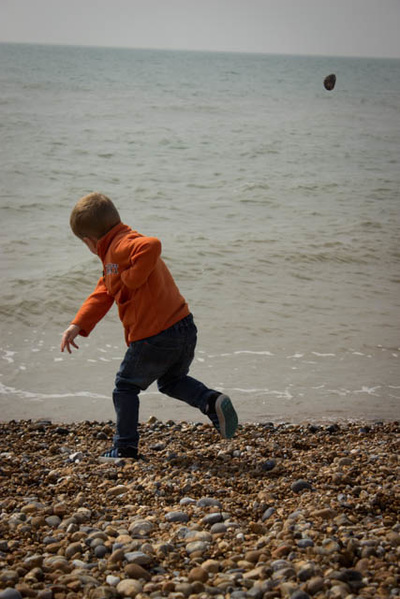
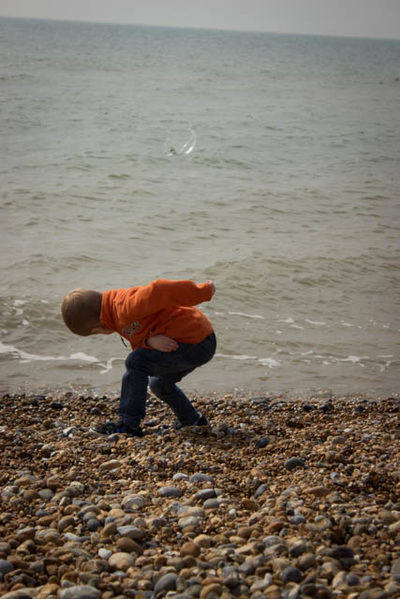


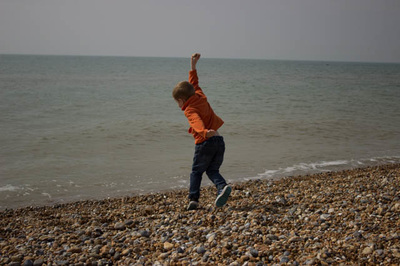
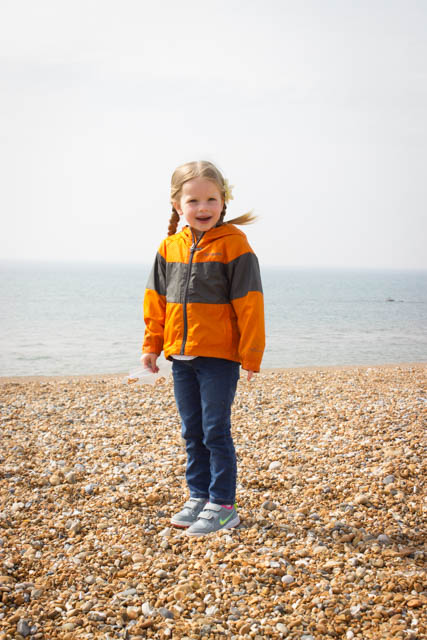
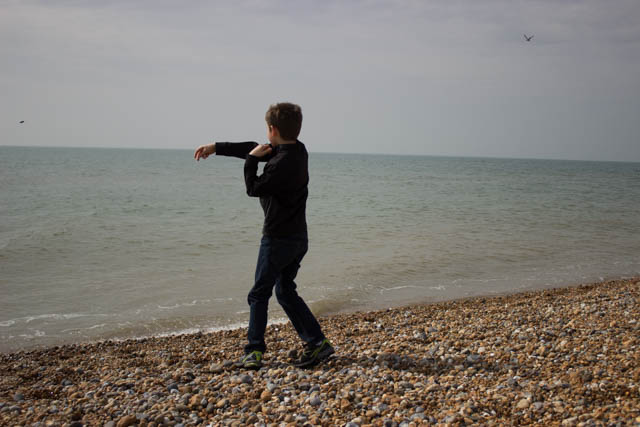


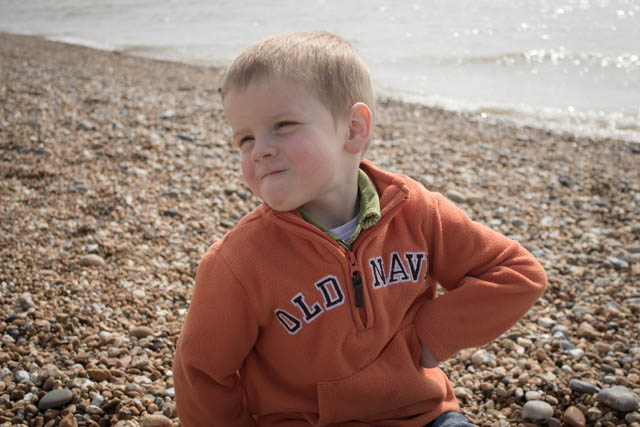





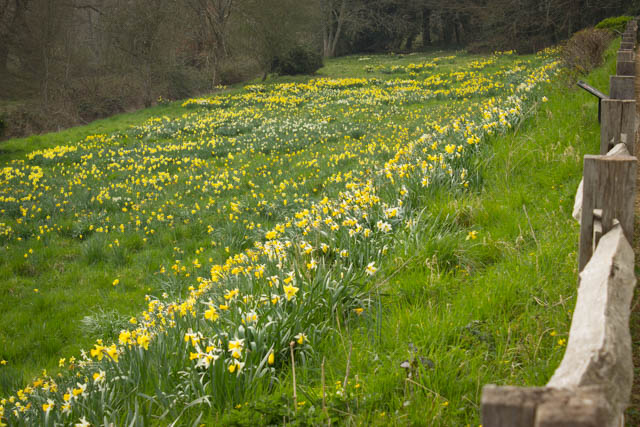


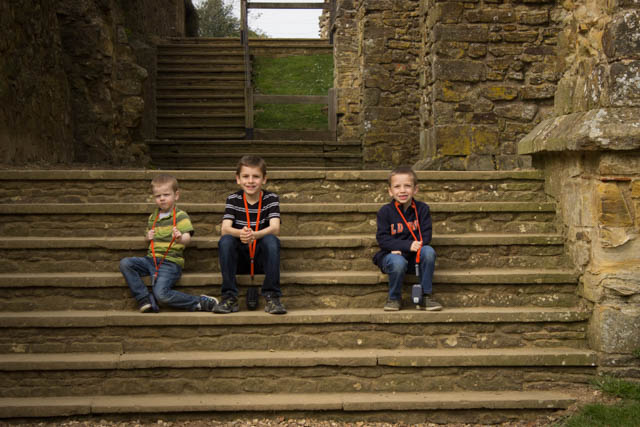

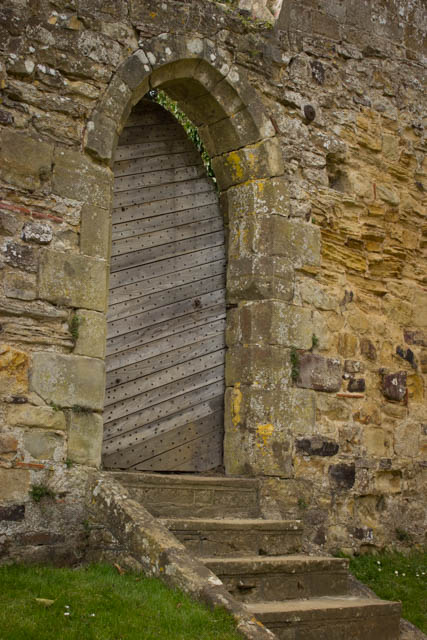


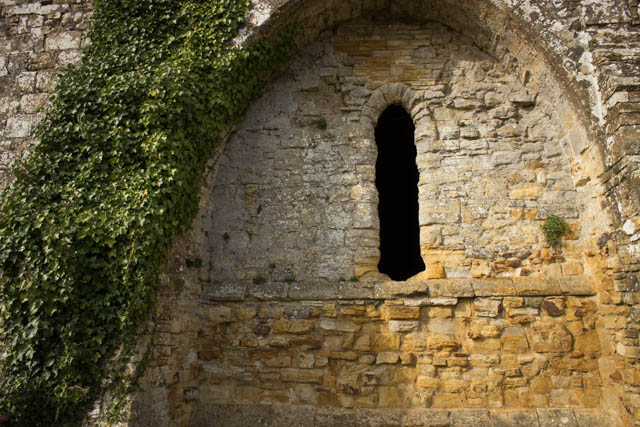
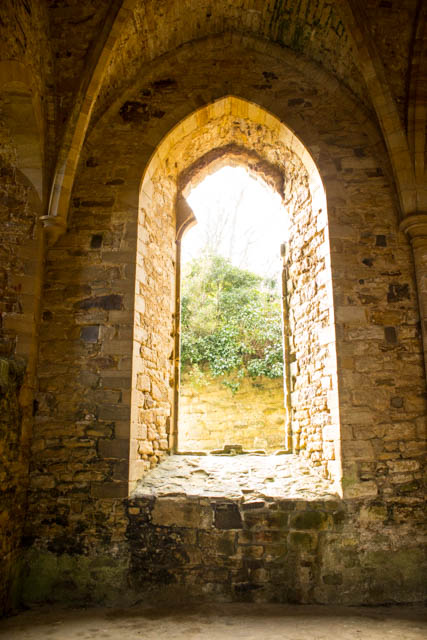




Hastings was my son Leo’s last area he served in on his mission.
LikeLike